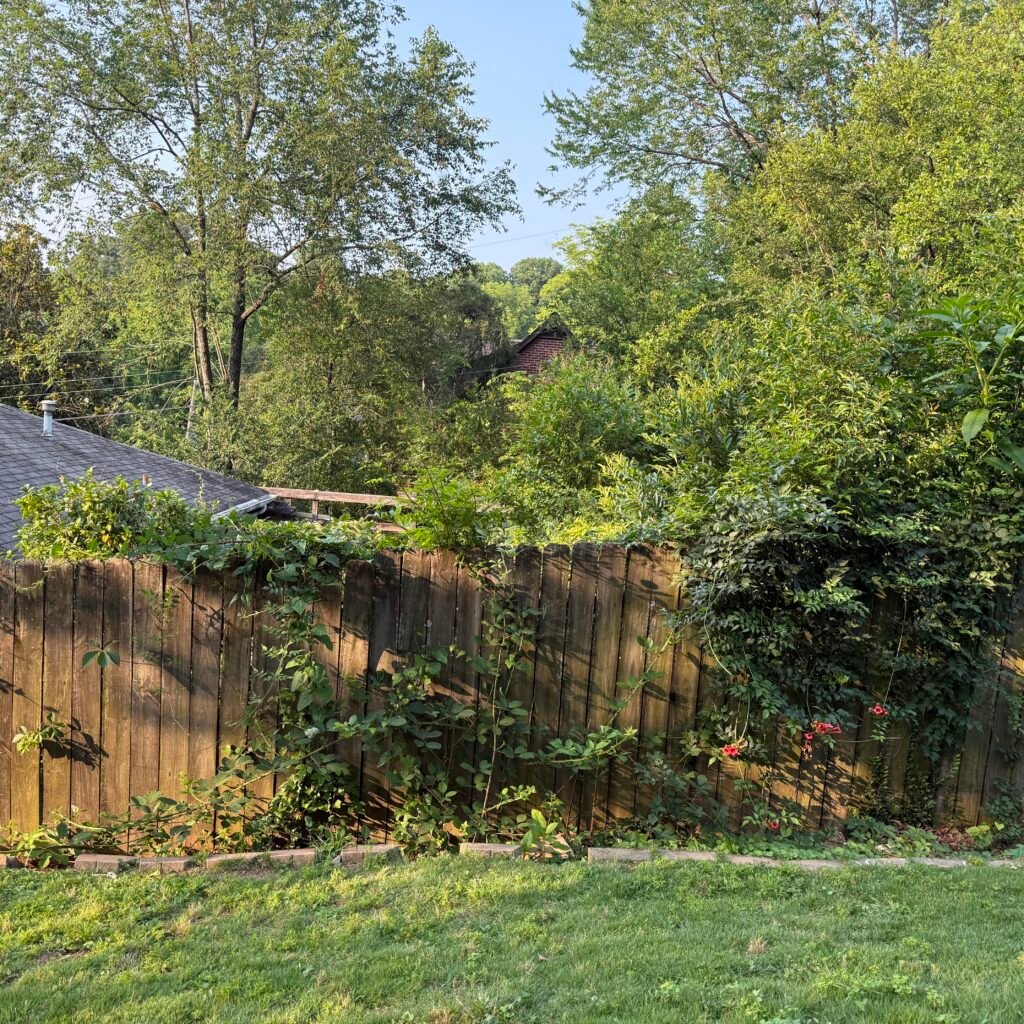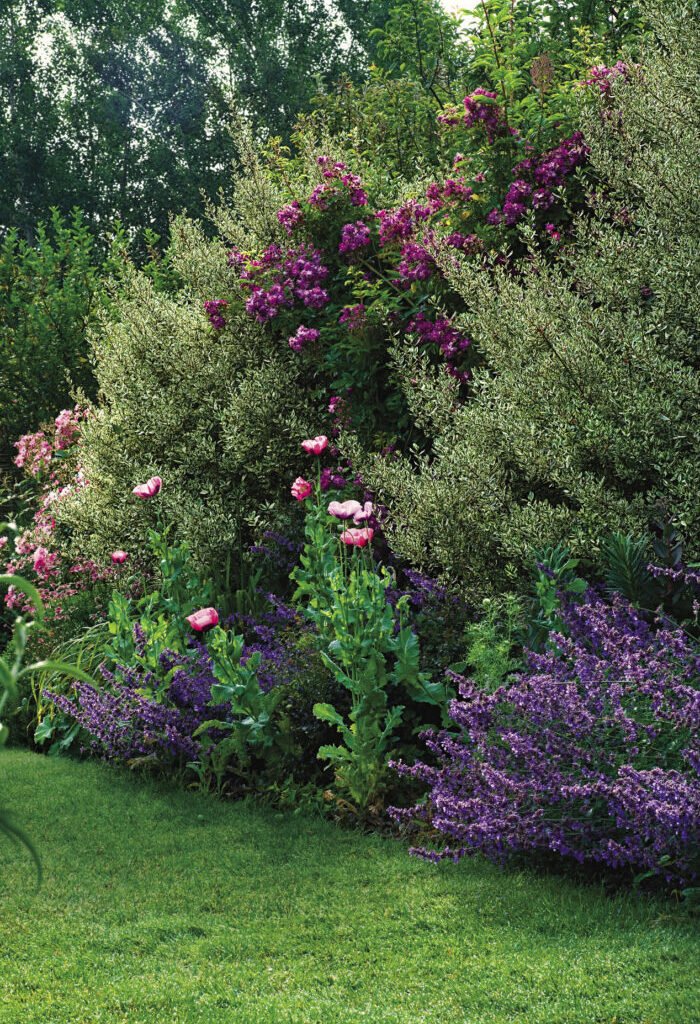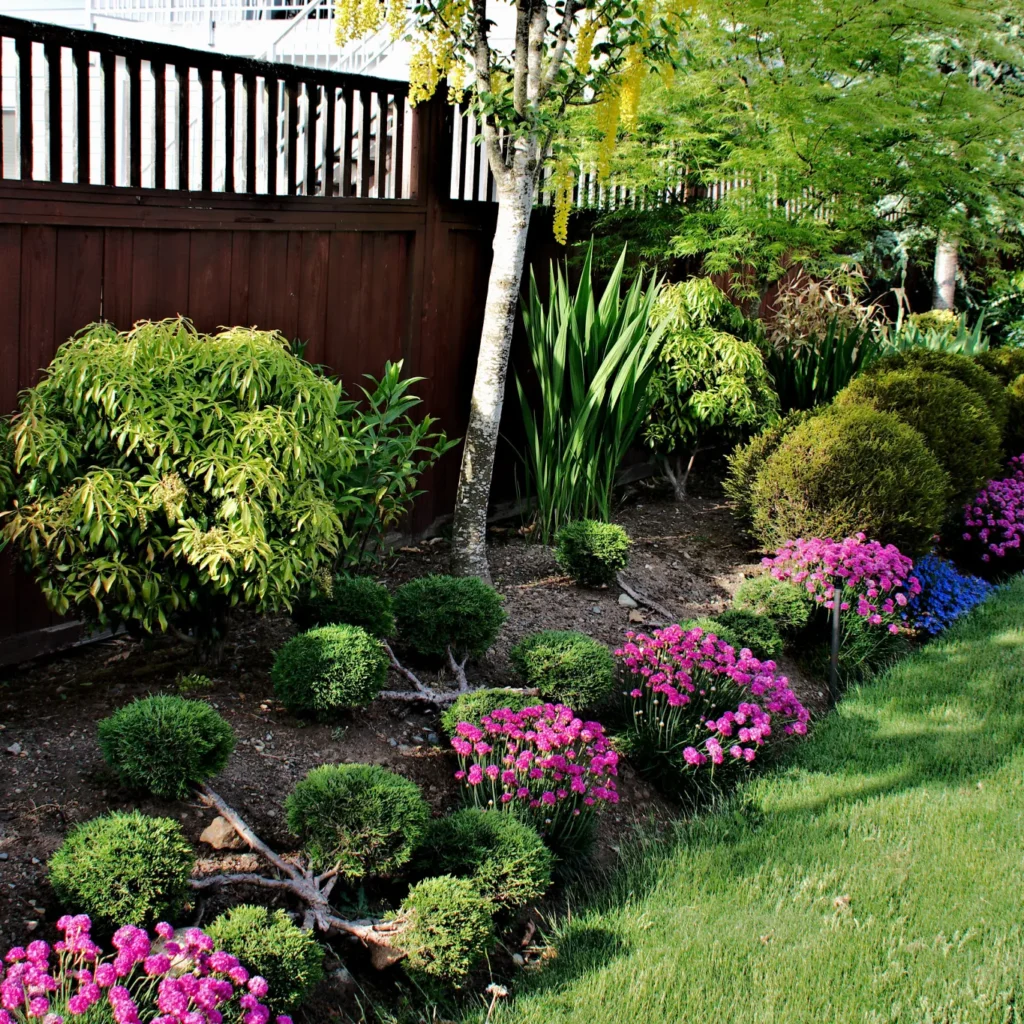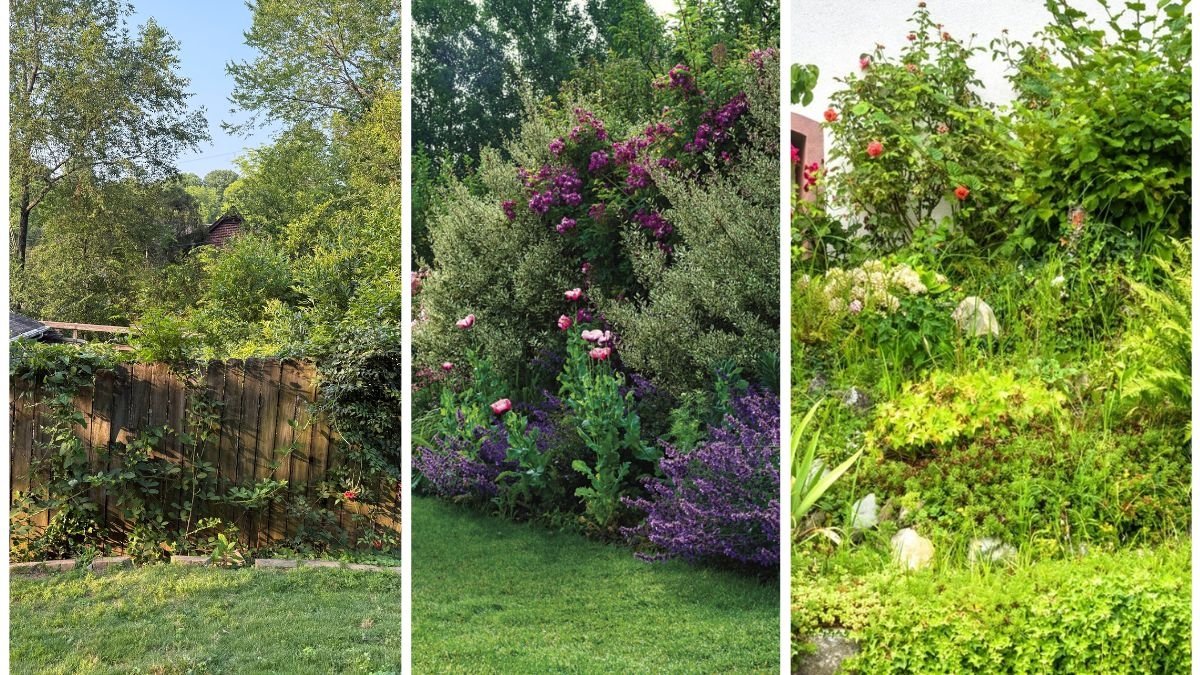A beautifully maintained yard is a point of pride for many homeowners. But what happens when your neighbor’s lack of yard maintenance becomes your problem? Overgrown plants, invasive roots, creeping vines, and falling leaves can spill across property lines and disrupt your landscape, even when you’ve done everything right on your side.
These issues are not just aesthetic—they can damage fences, invade gardens, attract pests, and even create legal headaches. Fortunately, there are clear and respectful ways to protect your yard while maintaining good relationships with those next door.
This article offers practical, legal, and diplomatic strategies to protect your property from your neighbor’s overgrown plants—without turning the issue into an all-out feud.
1. Recognize the Most Common Problems

Before you can protect your yard, it’s important to identify how overgrown vegetation can become a problem. Common scenarios include:
- Overhanging tree branches that drop leaves, sap, or branches into your yard
- Invasive vines (like ivy or wisteria) growing through your fence or onto your house
- Creeping ground cover like mint or bamboo spreading across the boundary
- Large root systems that damage foundations, fences, or underground pipes
- Tall hedges or shrubs that block sunlight or view
- Neglected areas that become breeding grounds for pests like rodents or mosquitoes
Understanding the type and extent of the problem will help you choose the right defense.
2. Know Your Property Rights

In most regions, you are legally entitled to protect your property from encroaching vegetation—but there are limits.
General Property Law Principles:
- You can trim any branches, vines, or roots that cross onto your property.
- You cannot trespass to access plants on your neighbor’s land.
- You must avoid killing or severely damaging a plant, especially if it’s a tree.
- If a plant is causing damage, you may be able to seek compensation or request its removal through local authorities or civil court.
Always check your local laws or municipal ordinances before taking action.
3. Start with a Friendly Conversation

Before grabbing your clippers, it’s best to talk to your neighbor. Many homeowners aren’t aware that their plants are causing issues until someone tells them.
How to approach the conversation:
- Be polite, non-confrontational, and neighborly.
- Use “I” statements: “I’ve noticed that some of the ivy is starting to come through the fence. I’m a bit worried about it affecting my garden beds.”
- Offer to work together: “Would it be okay if I trimmed the overgrowth on my side, or would you prefer to handle it?”
- Keep it light: “Just trying to keep everything tidy over here—thought I’d check in with you first.”
Tip: Having the conversation early—before it becomes a major issue—can prevent tension later.
4. Install Physical Barriers

One of the most effective ways to stop plant encroachment is by installing permanent physical barriers.
Options Include:
A. Root Barriers
- Made from heavy plastic or metal.
- Buried 12–36 inches deep to block root spread from invasive trees or bamboo.
B. Garden Edging
- Keeps creeping plants like ground covers and aggressive flowers in check.
- Comes in steel, aluminum, composite, or concrete.
C. Privacy Fencing
- A solid, tall fence can reduce vine growth and falling leaves.
- Choose materials resistant to decay, like vinyl or pressure-treated wood.
D. Gravel or Mulch Buffer Zones
- A 1–2 foot strip of mulch or gravel along the boundary discourages weed and vine growth.
- Also helps with drainage and pest control.
5. Use Strategic Landscaping

Design your yard defensively by planting your own natural barriers.
Options Include:
- Dense shrubs or hedges (e.g., boxwood, privet, arborvitae) to block visibility and creeping vines.
- Thorny or aromatic plants like rosemary or barberry to create a deterrent zone.
- Climbing plants on trellises on your side to block invasive species (be careful not to add to the problem).
This approach lets you fight plants with plants—creating privacy and protection at the same time.
6. Regular Maintenance Is Key
You may not be able to control what your neighbor does, but you can stay ahead of their overgrowth by keeping your own yard well-maintained.
Maintenance Tips:
- Trim regularly along fence lines.
- Rake debris from overhanging trees and dispose of it quickly.
- Check for new growth weekly, especially during spring and summer.
- Apply pre-emergent herbicide along the border to prevent weed seed germination.
- Use weed barrier fabric in garden beds along the boundary.
Think of your yard like a fortress—the more proactive your upkeep, the less likely it is that outside invaders will take hold.
7. Use Legal Remedies (As a Last Resort)
If your neighbor refuses to address a serious overgrowth issue that’s damaging your property, you may need to involve legal channels.
Steps You Can Take:
- Document the problem with photos, videos, and notes.
- Send a polite but firm written request outlining the issue and requesting action.
- Check local bylaws—many cities have rules regarding overgrown vegetation, nuisance plants, or shared boundaries.
- Report to code enforcement if the overgrowth violates local ordinances.
- Consult a property attorney if damage is ongoing or significant (e.g., root damage to foundations or sewer lines).
Remember: legal action should be your last resort, not your first move.
8. Know When to Trim (And When Not To)
You have the right to cut plants encroaching on your land, but be cautious:
- Trim only what’s on your side of the property line.
- Don’t use chemicals or tools that could harm the main plant.
- Don’t cut trees or limbs that are protected species (check local regulations).
When in doubt, hire a professional arborist or landscaper. They can offer advice or do the work safely—and with legal protection.
9. Protect Structures and Surfaces
Overgrown plants don’t just spread across the ground—they can climb walls, fences, and even your house. This can lead to:
- Mold and moisture buildup
- Cracked siding or bricks
- Insect infestation
- Damage to gutters or roofing
Protective Actions:
- Trim climbing plants at least 6–12 inches away from structures.
- Apply sealants or protective coatings to fences and walls.
- Inspect your property seasonally for damage or hidden growth.
10. Consider Mediation If Things Get Heated
Sometimes, even the best intentions can lead to friction—especially if your neighbor takes your concerns personally. If you’ve tried speaking and writing without success, you can suggest mediation.
Benefits of Mediation:
- A neutral third party helps guide the discussion.
- Cheaper and less stressful than legal action.
- Often provided by municipalities or local dispute resolution services.
This can preserve relationships while still addressing the problem in a structured, solution-focused way.
Conclusion
Dealing with overgrown plants from a neighboring yard isn’t just about weeds and roots—it’s about boundaries, respect, and property protection. The good news is, with clear communication, smart landscaping, and knowledge of your rights, you can keep your yard clean and protected—without damaging your neighborly rapport.

Leave A Comment